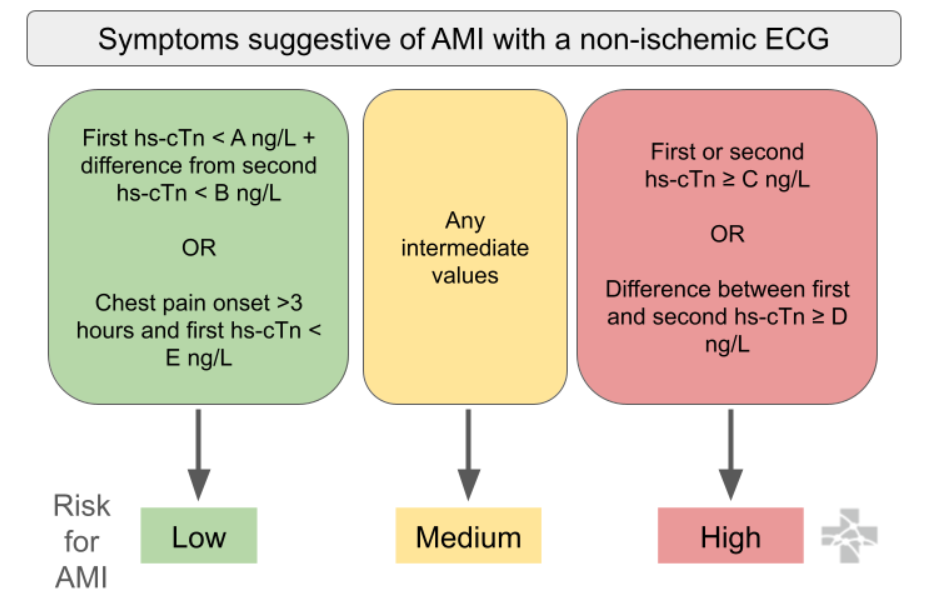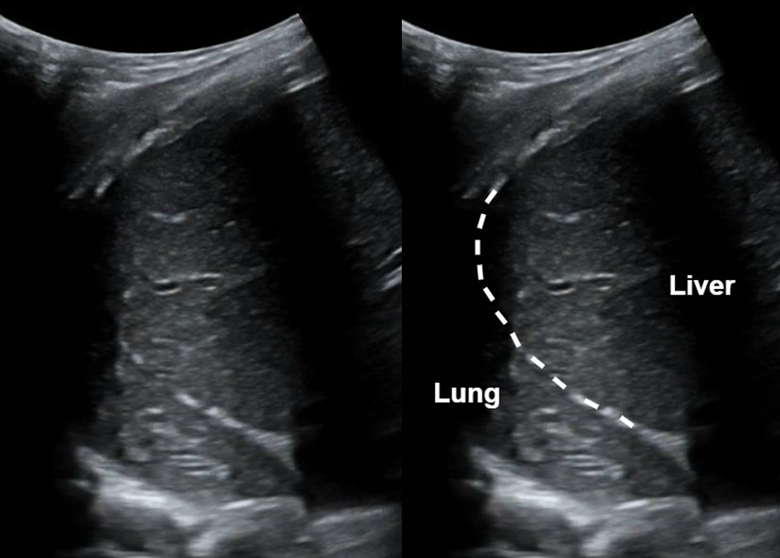I recently came across a risk stratification tool for testicular torsion called the TWIST (Testicular Workup for Ischemia and Suspected Torsion) Score. I am sharing more information regarding its purpose, scoring, validity, and utility in the emergency department for patients with acute testicular pain.
TWIST (Testicular Workup for Ischemia and Suspected Torsion) Score
Testicular Torsion
- Testicular torsion is a surgical emergency and requires prompt intervention (time = testicle, people)
- It is a clinical diagnosis and definitive management can be delayed by testicular ultrasound, especially in lower resource settings
Purpose
- The TWIST score was originally developed by urologist Dr. Barbosa at the Clinical Hospital of the University of Sao Paolo in Sao Paolo, Brazil
- It was created to:
- Risk stratify for testicular torsion in children with acute scrotal pain
- Reduce the need for testicular ultrasound, ultimately reducing delay to definitive management (OR) in patients with true testicular torsion
Scoring (MD Calc)
Validity
- In pediatrics: A prospective study published by the Society for Academic Emergency Medicine in 2021 examined the validity of the TWIST Score when utilized by pediatric emergency medicine providers. Males age 3 months to 18 years old were included (N=258, 19 diagnosed with testicular torsion). A high-risk TWIST score (7) was found to have 100% specificity and 100% positive predictive value for testicular torsion.
- In adults: A prospective study published by the creator of the TWIST Score in 2021 examined the validity of the TWIST score when used by non-expert providers (aka non-urologists) in adults. Males who presented to a tertiary care hospital were included (N=68, 34 diagnosed with testicular torsion). A TWIST score of 5 (high risk) showed a positive predictive value of 90%, and a TWIST score of 6-7 (high risk) had a positive predictive value of 100%. A TWIST score of <2 (low risk) had 100% negative predictive value.
- A Systematic Review / Meta-Analysis published in 2022 compared various studies (adult and pediatric patients included) analyzing different testicular torsion risk stratification scores (N=1060, 199 diagnosed with testicular torsion). It demonstrated a sensitivity of 98% in low risk patients (TWIST score 0-2) and a specificity of 97% in high risk patients (TWIST score 5-7). Per 100 acute scrotum patients, there was a 1.6/100 missed torsion rate with the TWIST score. The study found that the TWIST score is the most reliable current risk stratification tool for testicular torsion and effective for widespread adoption.
Utility of the TWIST Score in the emergency department
- The TWIST score is a validated and reliable tool for risk stratifying for testicular torsion in adult and pediatric patients with acute scrotal pain
- In high-resource settings, the TWIST score may be useful to advocate for immediate urologic evaluation and definitive management as opposed to waiting for a testicular ultrasound, as delay may result in permanent testicular damage and fertility issues
- In low-resource settings, the TWIST score may be useful for the following scenarios (i.e freestanding ED / ultrasound is unavailable / urologic consultation is unavailable):
- Expedite decision-making regarding whether or not to transfer a patient out for urologic evaluation
- Guide decision-making when clinical findings are equivocal on whether or not to obtain or transfer for a testicular ultrasound
- Institution-specific protocols exist for testicular torsion and should be followed
- Always err on the side of caution. Remember, time = testicle!





